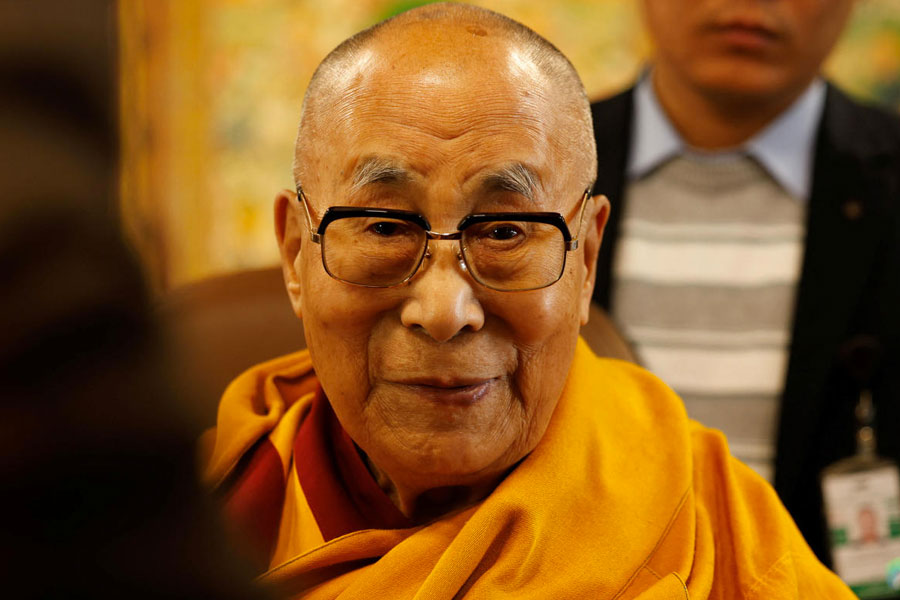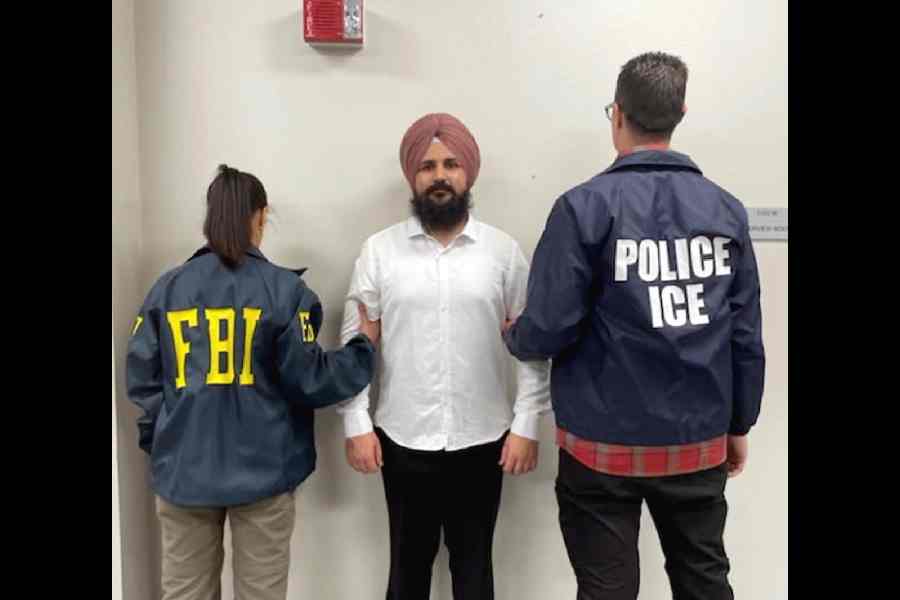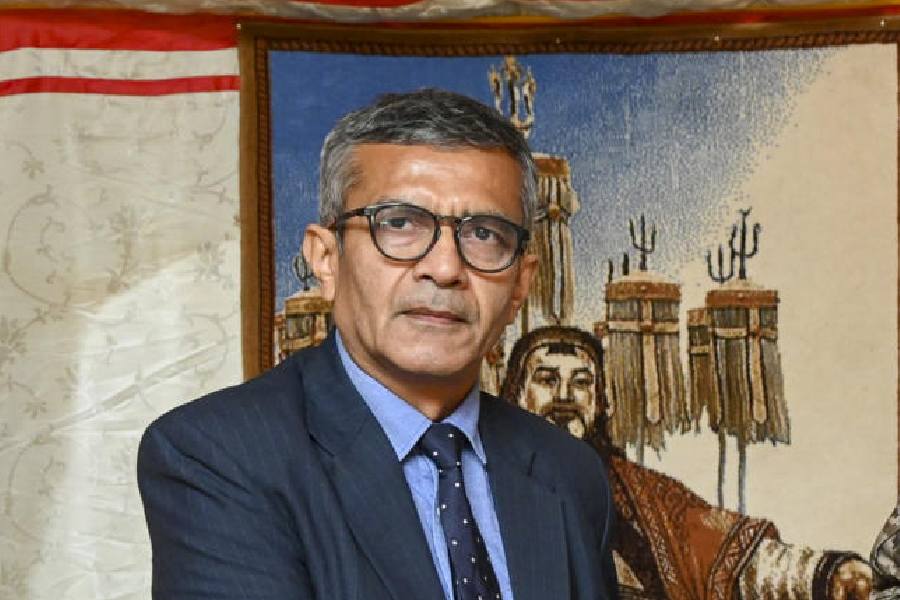 | Guest Column Dinanath Pathy |
We are living amidst such faked ‘things’ that we have hardly any interest left with us to find out what is real, genuine and what is fake unless it jeopardises our life systems like fake food, fake medicine and even the fake water and air. Fakes are, however, only secondarily a source of evidence for the outlook of those who made and uncovered them. They are, before all else, a response to demand, an ever-changing portrait of human desires. Each society, each generation, fakes things it covets most.
Fakers make possible a society of make-believes, and provide us the illusion of status, of belonging, of success conferred by the fraudulent reproduction of a famous name. It all started with art when the Romans copied the Greek marbles thousand of years ago. In fact, we did come to know about the Greeks only through the Roman copies. These copies have now passed into the domain of antiquity making them rid of their blemish of dubiousness. In the recent practice of culture, the tribal dances, which are paraded on the Republic Day at the national capital Delhi, are all fakes. First, a tribal dance is taken out of its natural habitat and the intent is not genuine; secondly, any non-tribal can also perform a tribal dance - a fraudulent reproduction.
The most glaring example of fraudulent copies is the tribal paintings through which we aim at making a city beautiful. Nothing is genuine in the whole business of city beautification. We can accept this as the best sample of faking. The motifs are not authentic. Neither the Saura pictograms nor the artists who execute them on the wall are tribal. In spite of blatant falsehood, we are so trained to see ‘fake things’ as genuine that it does not any more bite our conscience with falsehood and pretensions.
Tourism department of the government of Orissa spends money in the ‘art of faking’ asking non-tribal modern artists to train non-tribals in learning what it believes to be tribal art.
In the area of craft production, such ugly un-ethical practices have become rampant. Soapstone carving, which was considered the hallmark of artistic ingenuity, is now reduced to zero. The small statues are no more carved but cast out of a mould with the help of stone powder produced while sawing large stones into pieces.
I had a horrible experience with the metal workers of Khalisahi near Khandapada in Nayagarh district. I wanted to place an order for a smaller toddler Krishna cast in metal. I went to the village and showed them a photograph of the baby Krishna. The metal workers were delighted to see the photograph and they claimed that the sculpture belonged to their workshop and was roughly two hundred years old. Their assumptions were correct which made me confident in their tradition. When I insisted for an exact 3D replica of the photograph, a number of craftsmen withdrew from the bargain. The ones who were inclined to do the work demanded just Rs 800 as the cost of the metal and anticipated labour charges. I became apprehensive of their capability of producing a unique copy comparing their demand of such a small price for something that required immaculate skills. I offered them Rs 800 per piece with a rider that they must get the wax model approved by me before casting. At this point, they could not suppress their inability. Baby Krishna in my photograph had tiny hands and feet with delicate fingers; his head was covered with curling hair. Unless the craftsmen are too sure about their casting procedure, these minute details would not be reflected on the final product. What these craftsmen do is a blunt semblance of the original on which they file the delicate curves and lines. Unless one is not an avowed connoisseur of art with trained eyes, there is always the chance of being baffled at the low price they offer for their statues.
If fakes provide a unique portrait of the changing focuses of human desires, they also delineate the evolution of taste with unrivalled precision. Where there are fakes, it is clear that there was a blooming market in the things thus imitated: fakers are above all creatures of the market. Unfettered by the individualism of a great artist or thinker, they move quickly to take advantage of the high prices produced by a few before the development of expertise makes their task more difficult, or, worse still, their activities undermine the market altogether.
Odisha does not have genuine fakers. There is no scope to fake patta or palm leaf paintings because these are hardly three-hundred-years-old stuff. There is a vast potential for faking in the area of sculpture but the sculptors are not conscious of different styles and they do not have patience to pursue such a difficult course. Once I encountered a painted wooden door claimed to be two-hundred-years-old in the National Museum Art Acquisition Committee of which I was a member. Incidentally, I had seen this door being painted in Bhagabat Maharana’s workshop. I pulled aside the art dealer and extracted the truth and cautioned him not to bluff the committee. If he has the intention to do that he must be aware of the ways of faking.
A few years ago, the craftsmen in Odisha who produce lingas, bronze statues for the Kondhs, were doing lucrative business in faking. I had a chance to see these beautiful bronzes at the Victoria and Albert Museum, London under the caption - “Rasselkonda Kondh Bronzes”.
I became inquisitive and on my return to Odisha, I made a trip to Phulbani and was overwhelmed to see such bronzes with craftsmen of Pana caste and without applying reason or the discerning eye of a connoisseur, I started buying them spending twenty/thirty thousands of rupees. What I bought as genuine were indeed fakes because other groups rushed to Bhubaneswar to sell me their stuff at a lower price.
Being a museum man, I was boastful of my judgement about the fakes. Without being disheartened, I made return trips to Phulbani not to buy but to study the art of faking. I gained the confidence of a craftsman who permitted me in his workshop. I was able to watch all other techniques but the faking. He admitted that he could make a bronze look 30, 40, 100, 200-years-old and it’s a professional secrecy. It all depends on developing patination, a chemical process. A businessman could also tell you how to fake wheat powder and the like. Art of faking is the same old business of making things look natural so that a belief in the product is created in the viewer.
Truth is too dangerous to leave naked and unguarded. As we grow older, we are continuously threatened by the truth about ourselves, as about the world - maturation makes liars of us all. Saturated in hyper-reality, to quote Umberto Eco, today’s imagination demands the real thing and, to attain it, must fabricate the absolute fake. Forgery, like any form of imitation, embodies a creative impulse, and that is reason enough for taking its products seriously.
(The author is an artist and art historian)










